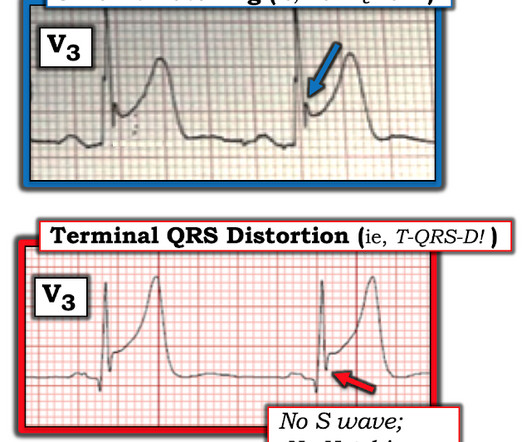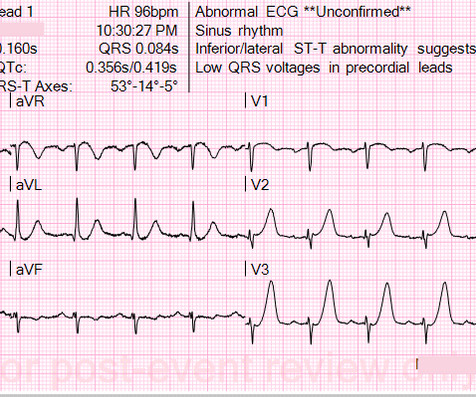Abstract 123: First Off?Label Use of the XIENCE Skypoint Stent for Mechanical Thrombectomy Rescue
Stroke: Vascular and Interventional Neurology
NOVEMBER 9, 2023
Intravenous thrombolysis was deferred as the patient was on pre‐admission anticoagulants. XIENCE Skypoint™ stent was deployed within the left vertebral artery (V4 segment) with restoration of flow preceded by eptifibatide drip (Fig 2). Admission National Institutes of Health Stroke Scale (NIHSS) 20.











Let's personalize your content